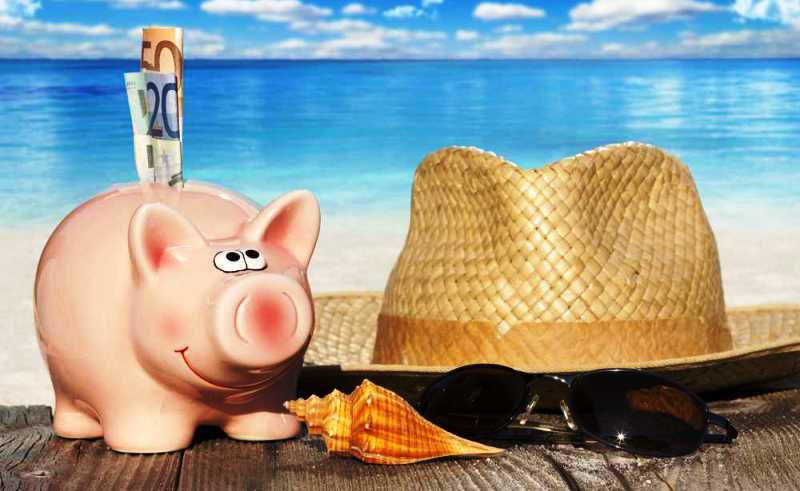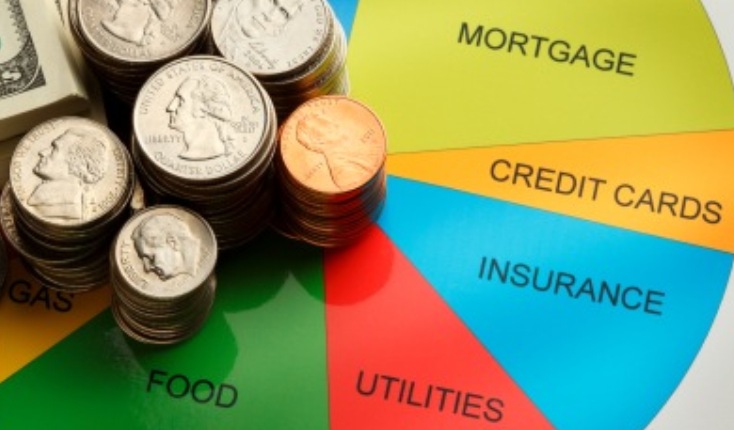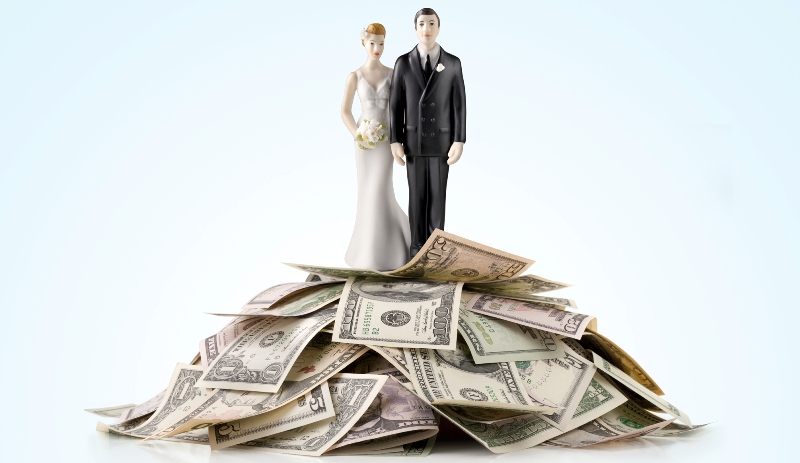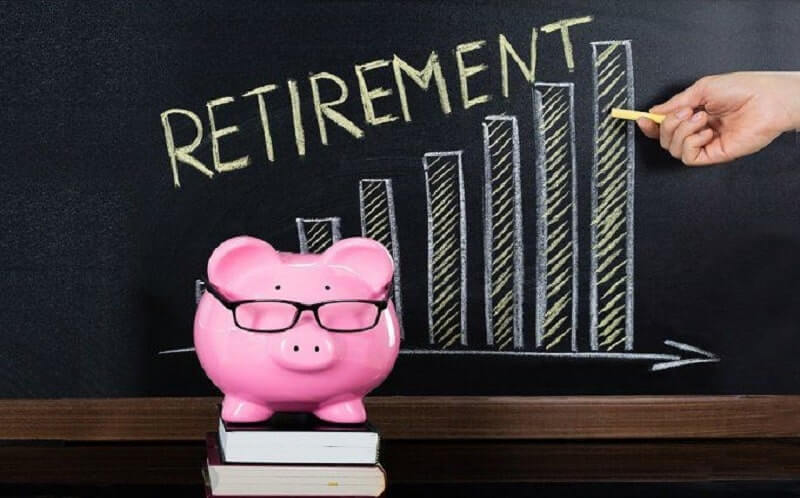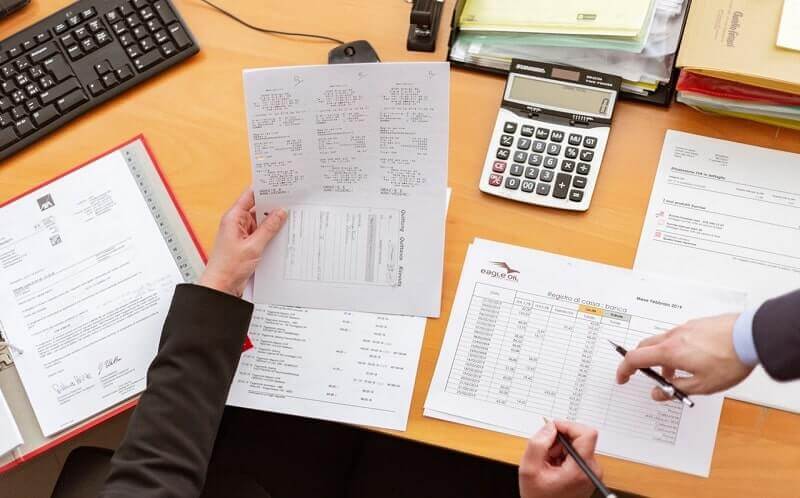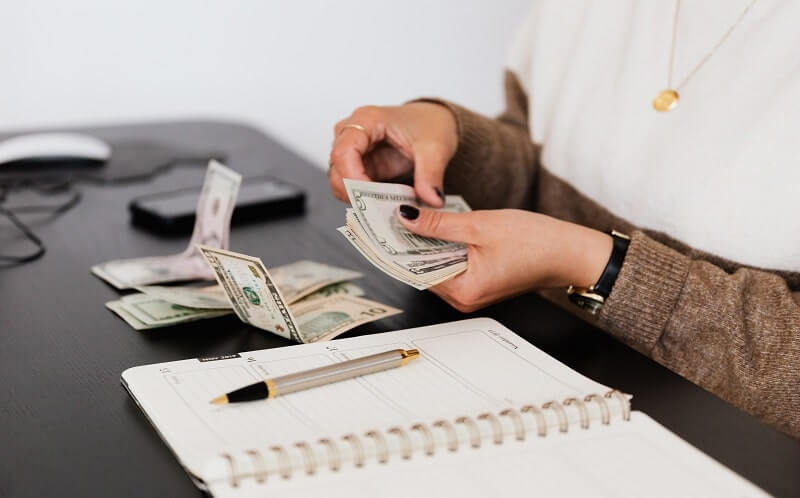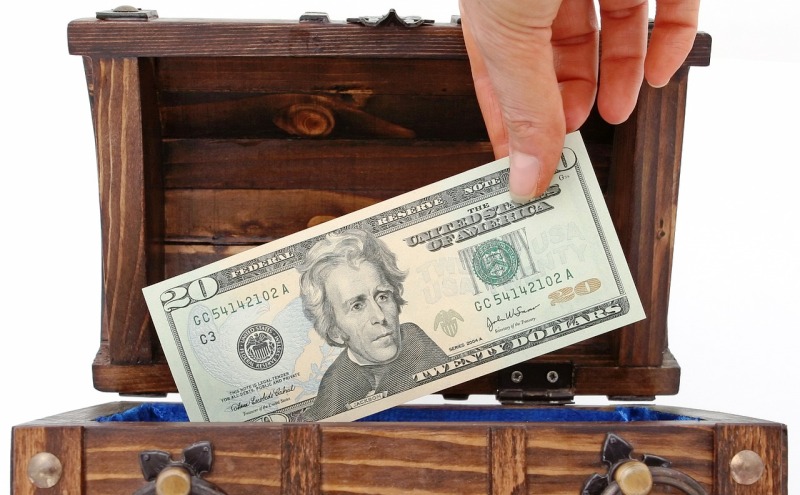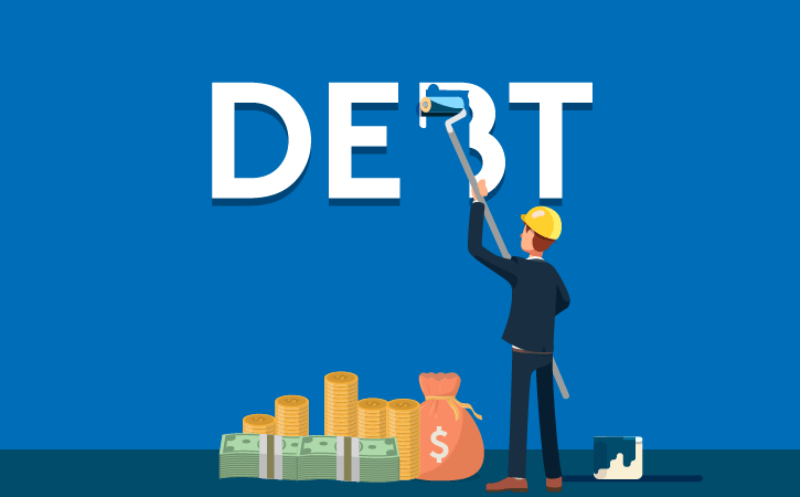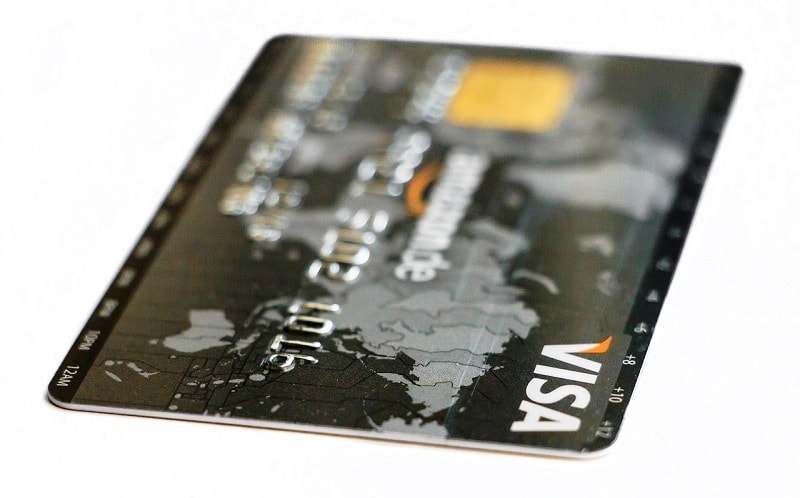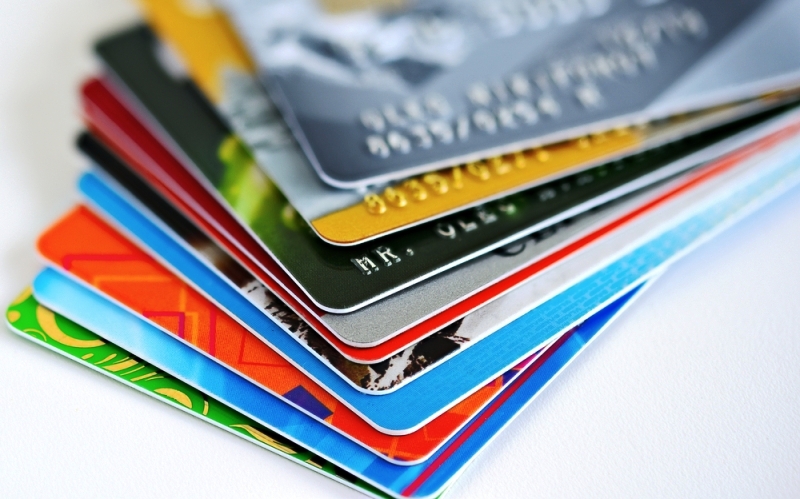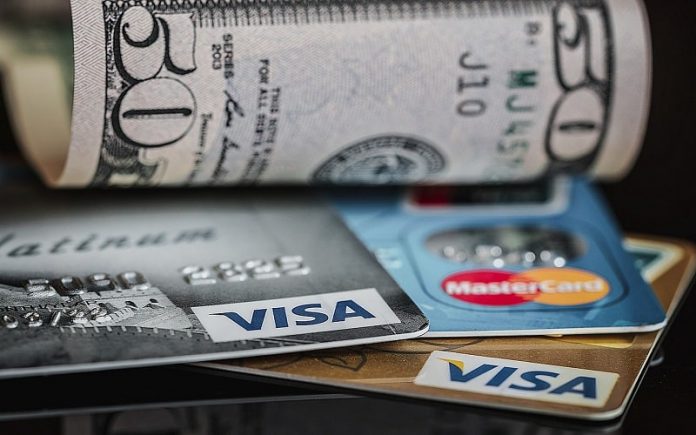It is so easy that credit card debt gets out of hand. There is no gauge to let you know when your credit card debt is getting out of control.
One day you’re happy to swipe your credit card, buy things you’ve always wanted, take voyages to the places you’ve wished to visit always. The following thing you identify your cards use to be all maxed out and you are not able to remember exactly how it went. Is the credit card debt out of control?
Your credit card issuers will not tell you that your balances are higher than you can afford to pay.
Instead, it’s up to you to look for these 10 signs that show your debt is out of control:
- Your cards are at or over the credit limit. Maxed-out credit cards use to be a sign that you have not paid your balance in full each month. Several maxed credit cards only make the problem worse, making it more difficult to pay off your credit card balances.
- You cannot afford to pay anything except the minimum payment. The exact amount of debt considered “out of control” varies from person to person depending on their ability to pay. One sure sign that your debt is out of control is being able to pay only the minimum on your credit cards.
- You are late or have missing expenditure. One time your lowest amount of payments turn out to be excessive, you’re in a problem. Missed credit card payments make your credit card circumstances only shoddier. Late payments use to amplify the amount you need to pay being taken and have a downbeat impact on the credit score.
- You pay your credit cards with other types of debts. If you’re using cash advances, repeat balance transfers, payday loans, or any other form of debt to pay for your credit cards, you’re in big trouble. Not only do you not really progress by paying off your credit cards, but you are creating additional debt by using money to stay buoyant.
- You use credit cards for daily necessities and buys. Having to make use of your credit card for usual purchases happens to be a signal that not only your credit card uses to be debt out of control, but it also uses to be a sign of bigger monetary issues. If you continue to use your credit cards for regular purchases – and this is not part of a strategy to get more credit card rewards – you will run out of credit.
- Your credit score starts to drop. Credit scores are used to assess your creditworthiness – or the likelihood that you will default on your credit and loan obligations.
- Your new applications are refused. Credit card issuers might be able to calculate that your credit card debt use to be out of control previous to even does it. If your high credit card balances or debt happen to be one of the causes, it’s a sign that you need to control your spending and start tackling your debt before it gets worse.
- You hide your debt – from yourself or your spouse. Feeling that you have something to hide is a sign that things are not right. If you don’t open your credit card statements because you don’t want to keep up with your balances or are trying to keep your spouse from finding out about your debt, you perhaps have additional debt that you can tackle.
- You cannot afford to save because you are having in excess debt. The more money you use on your debt, the less you are having for the rest of the things, for example, saving money.
- Your concern regarding how you are going to pay your credit cards. If you thought that your credit card debt happened to be under control, you would have nothing to worry about. However, focusing on your credit card debt is a sign that it is definitely out of control.
Ways of Getting Your Credit Card Debt in Control
- Stop spending. Once you realize that your debt is out of control or is getting out of control, the primary thing you require doing is stop using your credit cards. The higher your balances, the more difficult they will be to repay.
- Cut your credit cards. If you are not disciplined enough to stop using your credit cards, make it more difficult for you. Cut out your cards and throw the coins away.
- Take inventory of your debts. Get a clear understanding of what you need and to whom. Make a list of all your credit cards, interest rate, balance, and current minimum payment. If the accounts are overdue, enter the amount you need to pay to catch up.
- Calculate how much you can pay for your debt each month. Review your income and expenses to understand what you can squeeze out of your budget to start paying off your credit card debt.
- Stop spending the extra money. You had a good time accumulating credit card debt, now it’s time to take your finances seriously. Reduce leisure spending and focus only on the things you need.
- Choose a credit card and pay more than the minimum. While the end goal is to pay off all your credit cards, trying to pay them off in one go is not the most effective approach. Instead, focus on paying off your credit cards once at a time.
Conclusion
If you still have good credit, you could save money by asking your credit card issuer for a lower interest rate or by taking advantage of a 0% balance transfer offer.



